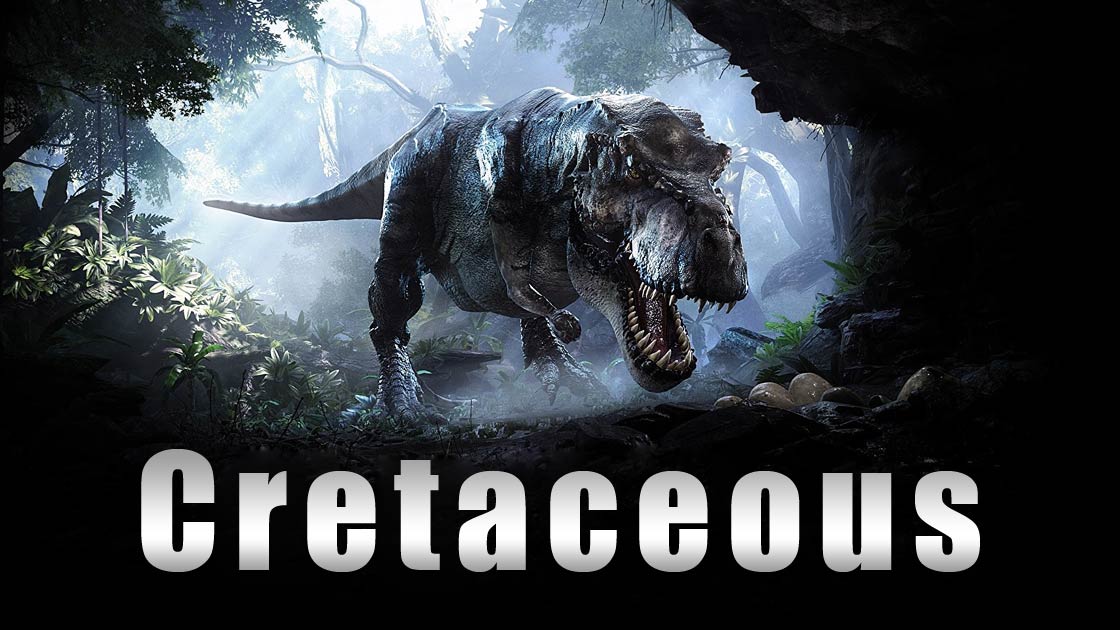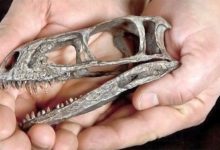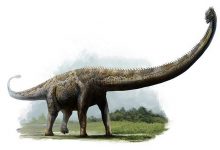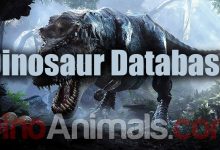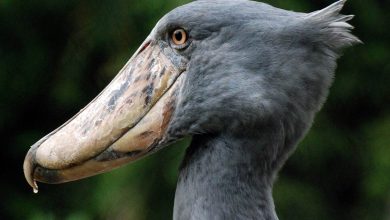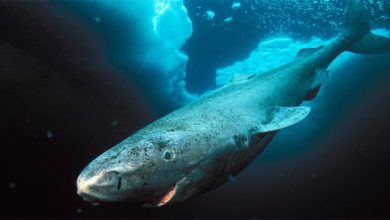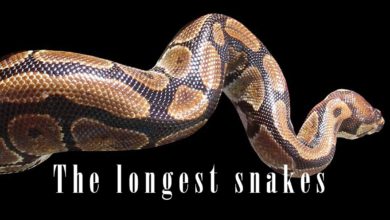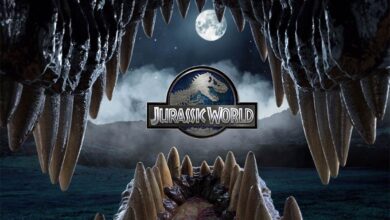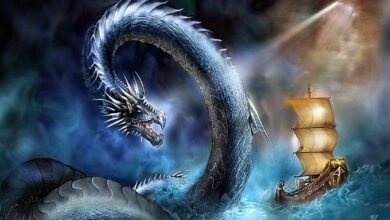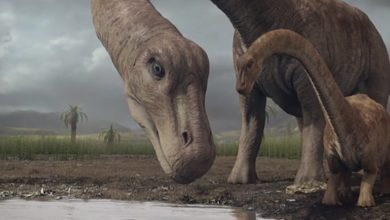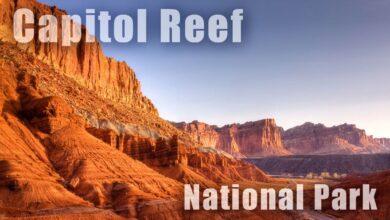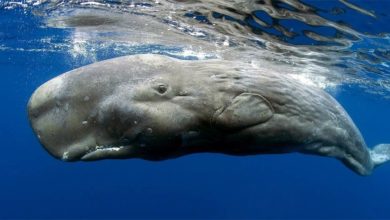Cretaceous Period
Most people who have ever set foot in a school will undoubtedly associate the word “chalk” with a white, rectangular object used to write letters and numbers on a blackboard. Surprisingly, this association isn’t far off, as the last period of the Mesozoic Era was named after writing chalk – a rock commonly found in formations from this period. Chalk is a type of sedimentary rock that formed on the bottom of seas and oceans and is classified as a kind of limestone. It is primarily composed of the shells of marine organisms that densely populated Earth’s waters towards the end of the Mesozoic Era. This period was named in 1822 by the Belgian scientist Jean Baptiste Julien d’Omalius d’Halloy (1783–1875).
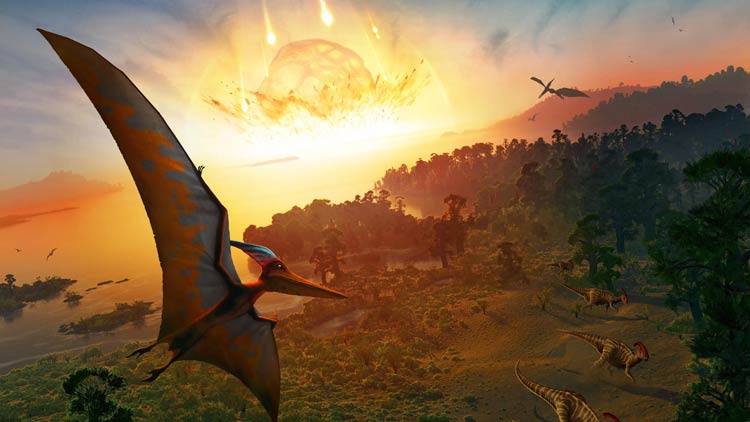
Giants and Their Decline
The Cretaceous Period was a time when large reptiles flourished and then slowly declined, with mammals gradually replacing them as the dominant life forms. It was during the Cretaceous that the largest of the sauropods, the titanosaurs, lived, including giants like Argentinosaurus, Puertasaurus, and Alamosaurus. On the other side of the evolutionary battle stood their formidable adversaries: the enormous tyrannosaurs, carcharodontosaurs, and the longest among them, the spinosaurus.
We could also mention other recognizable groups that thrived in the Cretaceous, such as hadrosaurs (e.g., Parasaurolophus, Edmontosaurus) – the “duck-billed” dinosaurs – and ceratopsians (e.g., Triceratops, Styracosaurus) – the horned dinosaurs, which were very numerous in the Late Cretaceous of North America.
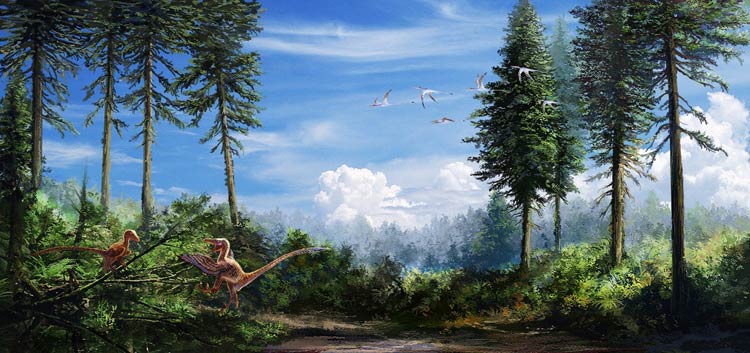
When was the Cretaceous Period?
The last period of the Mesozoic Era began approximately 143 million years ago and concluded 66 million years ago. The transformations that occurred during this period thus had 77 million years to slowly change the face of our planet. Unlike the Triassic and Jurassic, the other epochs of the Mesozoic Era, the Cretaceous is divided into two epochs: the Early Cretaceous (lasting from approximately 143.1 to 100.5 million years ago) and the Late Cretaceous (from 100.5 to 66.0 million years ago). The Cretaceous follows the Jurassic and concludes the Mesozoic Era; it is succeeded by the Cenozoic Era and its first period, the Paleogene.
Cretaceous Subdivision
Late Cretaceous / Upper Cretaceous
- Maastrichtian (72.2 Ma – 66.0 Ma)
- Campanian (83.6 Ma – 72.2 Ma)
- Santonian (85.7 Ma – 83.6 Ma)
- Coniacian (89.8 Ma – 85.7 Ma)
- Turonian (93.9 Ma – 89.8 Ma)
- Cenomanian (100.5 Ma – 93.9 Ma)
Early Cretaceous / Lower Cretaceous
- Albian (113.2 Ma – 100.5 Ma)
- Aptian (121.4 Ma – 113.2 Ma)
- Barremian (125.77 Ma – 121.4 Ma)
- Hauterivian (132.6 Ma – 125.77 Ma)
- Valanginian (137.05 Ma – 132.6 Ma)
- Berriasian (143.1 Ma – 137.05 Ma)
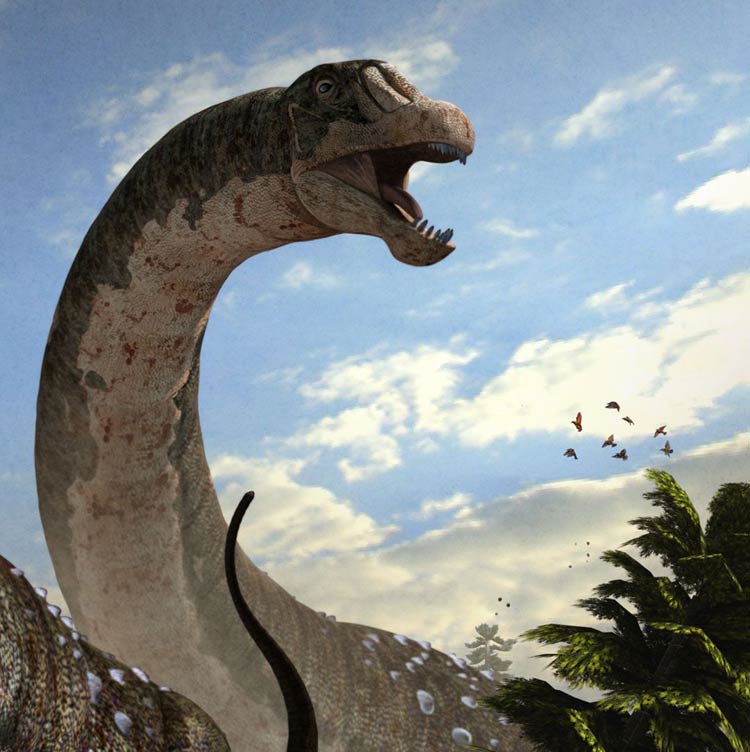
Fauna – What Animals Lived Then?
In the Cretaceous seas, brachiopods were common marine species. Similar to the Jurassic, sponges and snails could also be found, but ammonites were the dominant species. There was a rapid development of Teleostei (Teleostei), a subgroup of fish that today accounts for 96% of all ray-finned fish. Sharks were also common.
On Land
On land, dinosaurs continued to reign, with other species still evolving. Gigantism was prevalent among practically all creatures. Terrestrial predators like Tyrannosaurus and Tarbosaurus terrorized the land, while multi-meter (tens of feet) crocodiles and spinosaurus dominated coastal waters.
Small mammals slowly began displacing small dinosaurs in some areas.
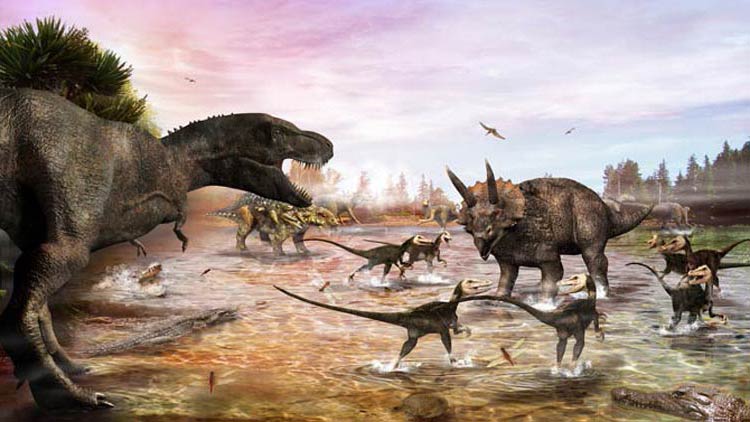
In the Water
In the water, gigantic lizards developed – mosasaurs (Mosasauridae), whose length exceeded 17 meters (55.8 feet). Sharks, plesiosaurs (Plesiosauria) were common throughout the period, as were ichthyosaurs (Ichthyosauria).
In the Air
Kings of the Skies – Pterosaurs Reign Supreme
The Cretaceous was a time of continued dynamic development for flying reptiles. Here too, we can speak of gigantism – it is estimated that the largest pterosaurs (Pterosauria) had a wingspan exceeding 12 meters (39.4 feet).
New insects appeared, including ants (Formicidae), termites (Isoptera), butterflies (Rhopalocera), moths (Heterocera), and aphids (Aphidoidea).
Ancestors of Gulls and Terns?
Although it might be difficult to find comparisons in their structure, appearance, and many aspects, the Cretaceous period saw the emergence of the first birds that we can today liken to familiar gulls and terns. They inhabited coastal areas, where they fed mainly on fish. Birds were divided into flying and flightless species, though the latter generally achieved significantly larger sizes.
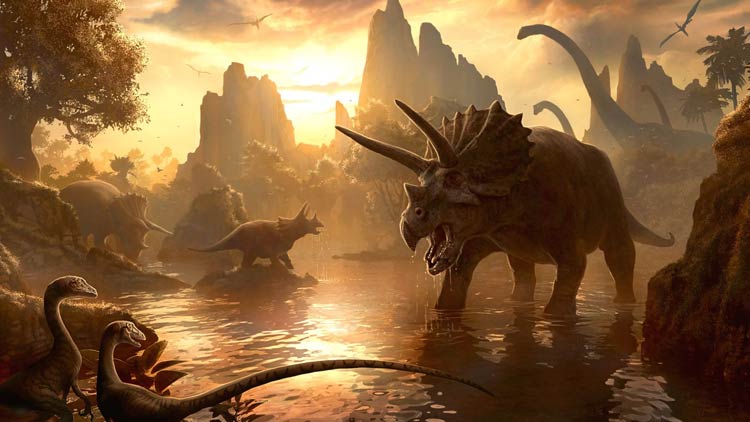
Mammals
First Marsupials and Placentals
The slow evolution of mammals can be discussed practically from the beginning of the Mesozoic Era, but it was in the Cretaceous period that the first marsupials (Marsupialia) and placentals (Placentalia) appeared. Marsupials emerged in South and North America at that time. It is estimated that they migrated to Australia via Antarctica during the Cretaceous period. However, they were likely displaced there by placental mammals, which significantly limited their range. Placental mammals, on the other hand, only became widespread after the Cretaceous extinction event, though the first representatives of this infraclass appeared somewhat earlier.
According to current research, neither true marsupials nor placental mammals as known today existed until the very end of the Cretaceous. Their diversification began at that point.
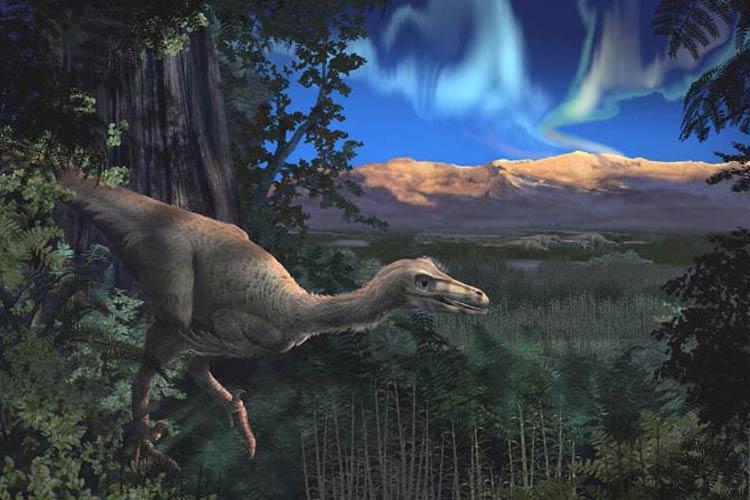
Flora – Plants
In the last era of the Mesozoic, the first angiosperms (Angiospermae) appeared. It was also then that the first flowers bloomed on Earth – though only those originating from herbaceous and woody plants. The first fig trees (Ficus) emerged. However, gymnosperms (Gymnospermae) still dominated, including the previously described horsetails (Equisetaceae) and ferns (Filicopsida).
It’s worth noting that during the Cretaceous, angiosperms underwent a period of rapid diversification (adaptive radiation). Thanks to more efficient reproduction and the ability to form more complex ecosystems, angiosperms gradually began to displace gymnosperms, becoming the dominant form of vegetation on Earth by the end of the Cretaceous. This had a profound impact on the evolution of insects and herbivorous dinosaurs.
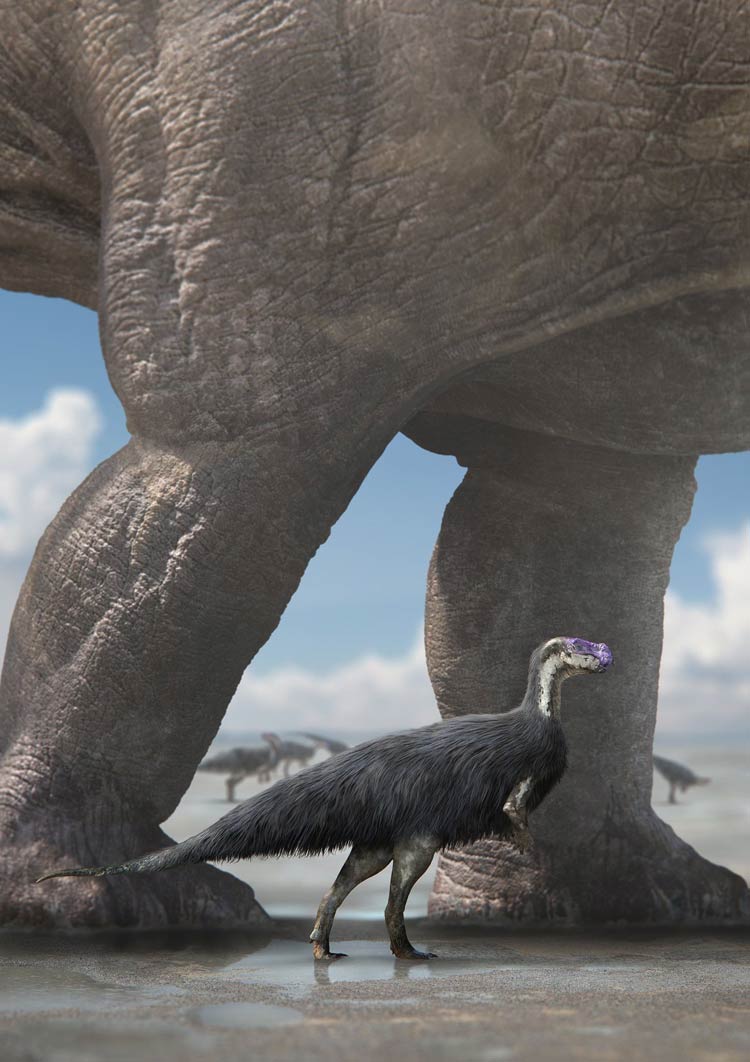
Climate
In terms of temperature, the Cretaceous probably did not differ significantly from the other periods of the Mesozoic Era, meaning temperatures were higher than those we know today.
Atmospheric Composition during the Cretaceous Period
- The air consisted of 30% oxygen (half again as much as today’s 21%).
- Carbon dioxide (CO2) levels were six times higher than in the pre-industrial era.
- The average temperature was 18°C (64.4°F), which was 4°C (7.2°F) higher than today.
There were no ice sheets, and the sea level was relatively high (estimated to be about 200 meters (656 feet) higher than today). A large portion of the landmasses was covered by shallow and relatively warm seas. Such a climate favored the formation of coral reefs and the creation of abundant lignite (brown coal) deposits. It is estimated that the Tethys Ocean had a huge influence on the climate at that time, making it significantly warmer in what is now Europe. Only towards the end of the Cretaceous did cooling occur in the subpolar regions.
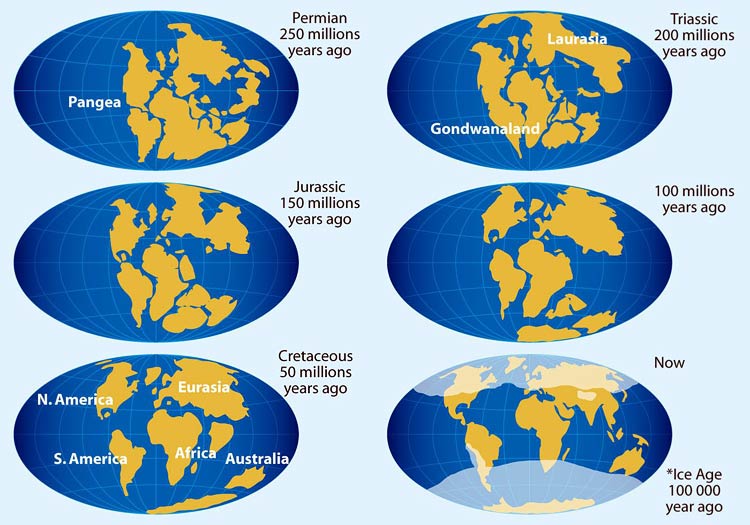
How was Pangaea?
By the end of the Cretaceous, the supercontinent known as Pangaea was merely a memory. It had almost completely broken apart, and waters had crept in between the landmasses, forming the oceans known today. The Atlantic Ocean was opening, and the Gulf of Mexico and the Caribbean Sea were slowly forming. The Indian Ocean also began to open.
Africa slowly started to rotate counter-clockwise, eventually (but much later) settling into the position we know today.
Australia and Antarctica separated from Africa at that time, but remained connected to each other.
The Tethys Ocean gradually began to shrink. Continents drifted apart particularly rapidly in the Southern Hemisphere – this was a result of the expansion of the oceanic crust. Tectonic movements led to increased volcanic activity.
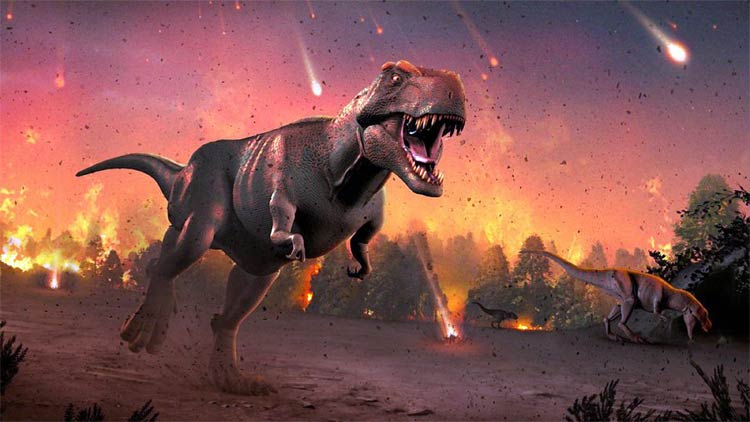
Cretaceous Extinction Event
The end of the Cretaceous marked the Cretaceous extinction event – one of the largest such events (if not the largest) in our planet’s history. It is estimated that nearly 80% of all species living on Earth at that time perished. This marked the end of the dominance of non-avian dinosaurs and a time of great change. It is widely accepted that the extinction was caused by the impact of a large asteroid, which likely struck sulfur deposits. This led to an enormous explosion. The commonly accepted theory links this event to the Chicxulub crater on Mexico’s Yucatán Peninsula. Of course, there are many theories on this topic, so we refer to the “Extinction” section for numerous articles on the subject.
It is probable that rapid climate change and a drop in temperature occurred. A prolonged winter was expected to follow the impact, preventing plants from performing photosynthesis. The natural catastrophe was so drastic that most plant and animal species were unable to survive it.
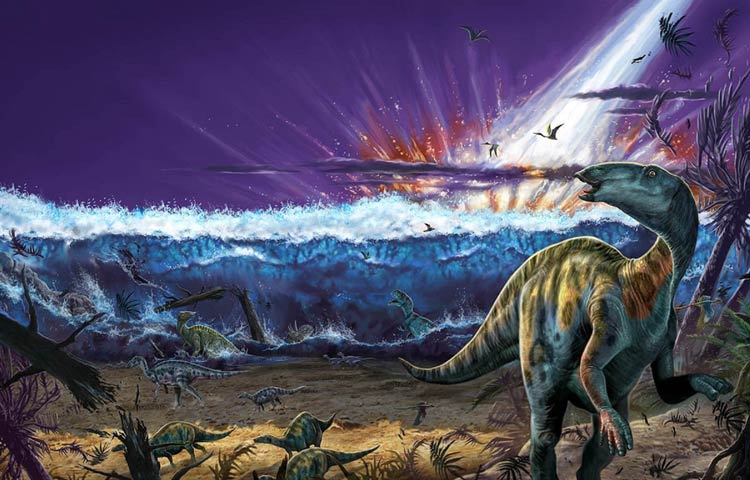
Stratigraphic table of Mesozoic era
| Era | Period | Epoch | Age | Years ago |
| Mesozoic | Cretaceous | Late Cretaceous | Maastrichtian | 66 043 000 – 72 100 000 |
| Campanian | 72 100 000 – 83 600 000 | |||
| Santonian | 83 600 000 – 86 300 000 | |||
| Coniacian | 86 300 000 – 89 800 000 | |||
| Turonian | 89 800 000 – 93 900 000 | |||
| Cenomanian | 93 900 000 – 100 500 000 | |||
| Early Cretaceous | Albian | 100 500 000 – 113 000 000 | ||
| Aptian | 113 000 000 – 125 000 000 | |||
| Barremian | 125 000 000 – 129 400 000 | |||
| Hauterivian | 129 400 000 – 132 600 000 | |||
| Valanginian | 132 600 000 – 139 800 000 | |||
| Berriasian | 139 800 000 – 145 000 000 | |||
| Jurassic | Late Jurassic | Tithonian | 145 000 000 – 152 100 000 | |
| Kimmeridgian | 152 100 000 – 157 300 000 | |||
| Oxfordian | 157 300 000 – 163 500 000 | |||
| Middle Jurassic | Callovian | 163 500 000 – 166 100 000 | ||
| Bathonian | 166 100 000 – 168 300 000 | |||
| Bajocian | 168 300 000 – 170 300 000 | |||
| Aalenian | 170 300 000 – 174 100 000 | |||
| Early Jurassic | Toarcian | 174 100 000 – 182 700 000 | ||
| Pliensbachian | 182 700 000 – 190 800 000 | |||
| Sinemurian | 190 800 000 – 199 300 000 | |||
| Hettangian | 199 300 000 – 201 300 000 | |||
| Triassic | Late Triassic | Rhaetian | 201 300 000 – 208 500 000 | |
| Norian | 208 500 000 – 227 000 000 | |||
| Carnian | 227 000 000 – 237 000 000 | |||
| Middle Triassic | Ladinian | 237 000 000 – 242 000 000 | ||
| Anisian | 242 000 000 – 247 200 000 | |||
| Early Triassic | Olenekian | 247 200 000 – 251 200 000 | ||
| Induan | 251 200 000 – 251 902 000 |
Recommended
- Pangaea (Pangea)
- Gondwana
- Triassic Period
- Jurassic Period
- Cretaceous Period
- Mass Extinction
- History of animals and plants extinction
- Extinction of dinosaurs. Why are they extinct?

